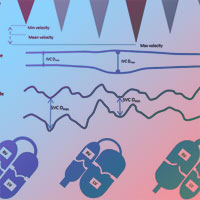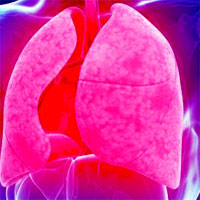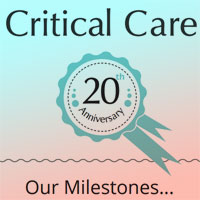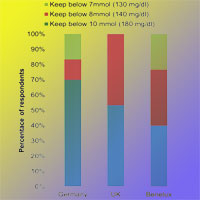
Vitamin C and the Ethics of Borrowing data
I was recently amazed to be engaged in a Twitter kerfuffle which generated more than 10,000 Impressions within 24 hours. Passions were running high, libellous comments were being broadcast, and old friendships seemed to be... read more

A patient and family initiated rapid response system
Rapid response teams (RRTs) help in delivering safe, timely care. Typically they are activated by clinicians using specific parameters. Allowing patients and families to activate RRTs is a novel intervention. 240 patients/family... read more

The Case for Removing Barriers to APRN Practice
The IOM issued The Future of Nursing: Leading Change, Advancing Health, which called for the removal of laws, regulations and policies that prevent APRNs from providing the full scope of health care services they are educated... read more

Quantifying the Mortality Impact of Do-Not-Resuscitate Orders in the ICU
Do-not-resuscitate status is an independent risk factor for ICU mortality. This may reflect severity of illness not captured by other clinical factors, but the perceptions of the treating team related to do-not-resuscitate... read more

Perceptions of the Appropriateness of Care in California Adult ICUs
Increased demand for expensive intensive care unit (ICU) services may contribute to rising health-care costs. A focus on appropriate use may offer a clinically meaningful way of finding the balance. Thirty-eight percent of... read more

Predicting and measuring fluid responsiveness with echocardiography
Echocardiography is an essential tool to predict and measure fluid responsiveness, according to a recent article, which provides a practical guide. Ashley Miller and Justin Mandeville outline the physiological basis of fluid... read more

Clinical review: The ABC of weaning failure
About 20% to 30% of patients are difficult to wean from invasive mechanical ventilation. The pathophysiology of difficult weaning is complex. Accordingly, determining the reason for difficult weaning and subsequently developing... read more

Doctor Turns Up Possible Treatment For Deadly Sepsis
It is hard not to get excited about news of a potentially effective treatment for sepsis, a condition that leads to multiple organ failure and kills more people in the hospital than any other disease. The study, from Eastern... read more

Management of COPD exacerbations: a European Respiratory Society/American Thoracic Society guideline
This document provides clinical recommendations for treatment of chronic obstructive pulmonary disease (COPD) exacerbation. This recommendation places a high value on improving clinical outcomes and a lower value on the burden... read more

Milestones in Critical Care
Take a look back at some of Critical Care's milestones over the past 20 years. In the past 20 years, the journal has contributed to improving the care of critically ill patients by acquiring, discussing, distributing... read more

The Current State of Glycaemic Control Practice
Study involving intensivists from 90 ICUs in northwest Europe confirms significant variability in glycaemic control practices. The study confirmed that there are still controversies over what constitutes optimal glucose management... read more

NAM’s Vital Directions for Health and Health Care Initiative
Recent discussion has focused on questions related to the repeal and replacement of portions of the Affordable Care Act (ACA). However, issues central to the future of health and health care in the United States transcend... read more

Priority Levels in Intensive Care at an Academic Public Hospital
This prospective study of medical records determined the proportion of medical ICU patients in each priority group within a tertiary care academic public hospital. Critical care services can be life-saving, but many patients... read more
Vitamin D and outcomes in adult critically ill patients
In critically ill patients, vitamin D administration might be associated with a reduction in mortality without significant adverse events. A large multicenter randomized trial should conclusively confirm these findings. Seven... read more

Implementation of a Clinical Documentation Improvement Curriculum Improves Quality Metrics
Clinical documentation improvement/ICD-10 training in an academic surgery department is an effective method to improve documentation rates, increase the hospital estimated reimbursement based on more accurate CD, and provide... read more
What’s new in the extracorporeal treatment of sepsis?
Clinical research has shown that endotoxin is indeed circulating in the blood of up to 50% of sepsis shock patients and associated with impaired clinical outcome. In view of the pivotal role of endotoxin in sepsis patients,... read more
Why physician mindfulness could improve patient care and prevent health care disparities
Most recently, we hypothesized that mindfulness might have even further benefits for patients, in terms of reducing racial and ethnic inequalities in care. Studies have shown health care providers hold implicit racial and... read more









